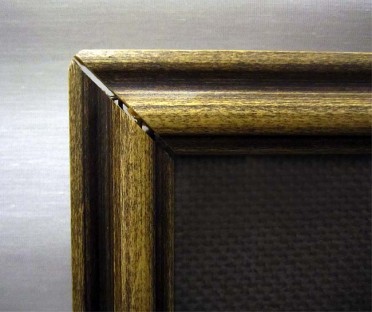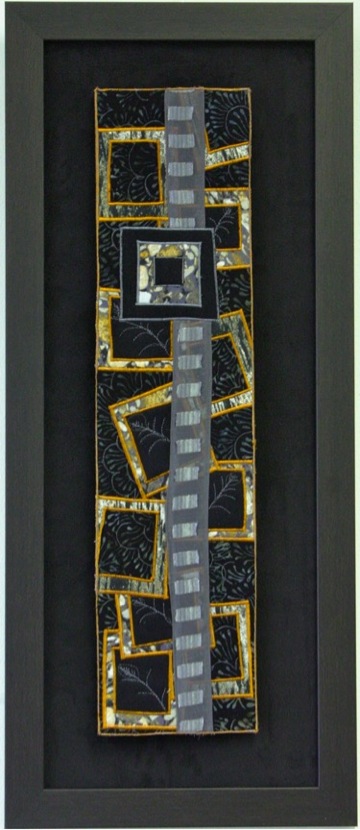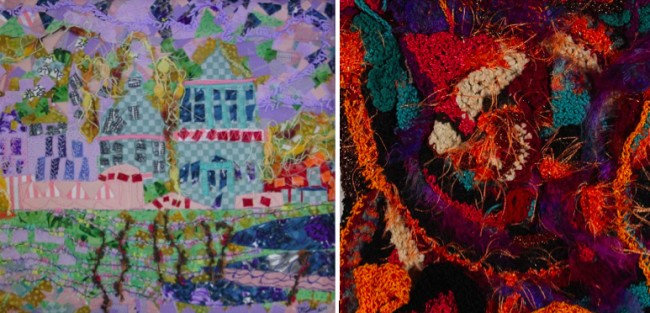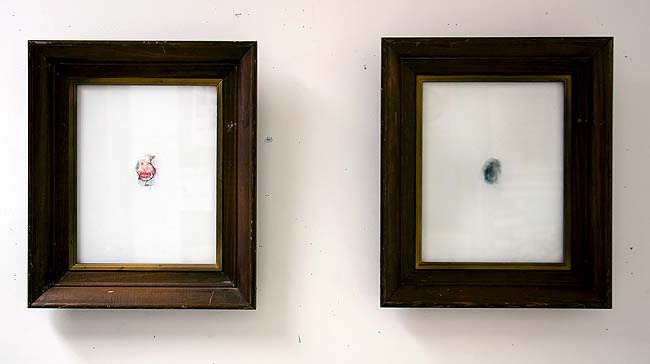The Business of Art: Framing & Finishing Your Work
April 30, 2016
 “Hello. I’m an artist. Can I show you my work?”
“Hello. I’m an artist. Can I show you my work?”
As the owner of a new gallery, I meet a lot of artists: raw, fresh out of school, emerging…as well as established. I also see a lot of art – and a lot of frames.
I always expect that someone who is attempting to or actually making a living creating visual art would be acutely aware of the importance of presentation.
However, I’ve had artists arrive with dusty mats, dirt on the inside of the glass, frames with bad miters, scratches and significant dents or other damage. I’ve seen unframed work with sloppy stretching, threads hanging from the canvas, and dirt and grime on the surface of the painting.

 Because of these experiences, and other questions that arise with the artists, I started a Business of Art networking group at my gallery. We’ve discussed a variety of topics from business cards to taxes.
Because of these experiences, and other questions that arise with the artists, I started a Business of Art networking group at my gallery. We’ve discussed a variety of topics from business cards to taxes.
So let’s take a look at how the finished product interacts with the audience.
Does the art invite the viewer to come closer, to step back, to spend time pondering the message, the effort?
Or does the work look like it just came out of the closet or basement? Used, weathered, uncared for – like a beautifully restored antique automobile with dirty whitewalls?
I’m not suggesting art or the display of art should be pristine. The use of purposeful imperfection can enhance the message and invite an audience to look closer. Repurposed materials can have significant impact because of the unique quality of the substrate, encouraging the viewer to see more than garbage. Torn fabric, broken buttons and dirt might be used to convey a message about an ignored population or other social issues.
When the imperfections are not intended, they not only detract from the art, they discourage communication. The audience is focused on the scratched frame, fingerprints, dirt, or loose threads – rather than the work itself.

Since I mentioned framing, I’d like to encourage you to not think of framing as an expense, but as a raw material, like dye or paint. Frames need not be expensive, or new. As long as the mitered corners are in good shape, you can buff out scratches, repaint, even pop in new glass if needed.

If you work within limited dimensions, create your work with the frame in mind. Personally, I think smaller work needs to be framed to prevent being lost on a wall. Larger pieces can easily stand on their own.

These same principles apply when using dowel or acrylic rods or other armatures to support a work in fiber media. Regardless of the size of your work or your preferences for how it is finished and presented, take another look to make sure the first thing you notice is the art.
(Special thanks to LM Wood for providing most of the images to illustrate this subject. – Ed.)
_________________________________________
 Dori Settles opened Smiling Turtle Art Spot in 2013 to provide an exhibition space and teaching studio to local artists in Omaha, Nebraska.
Dori Settles opened Smiling Turtle Art Spot in 2013 to provide an exhibition space and teaching studio to local artists in Omaha, Nebraska.
She explores both natural and whimsical worlds in her art quilts, which include a variety of surface manipulations, quilting techniques, painting and handmade glass. Settles holds a Bachelors in Communications and Linguistics from the University of Omaha.
She’s a member of Studio Art Quilt Associates and is also the current SDA Area Representative for Nebraska.
Visit her website at www.dorisettles.com



Related Blog Articles
Business
Friday Fibers Roundup: Geometry (Nature + Tech)
Business
Friday Fibers Roundup: Humor and the Abject
Business
“Weaving and Knowing” by Patricia Malarcher